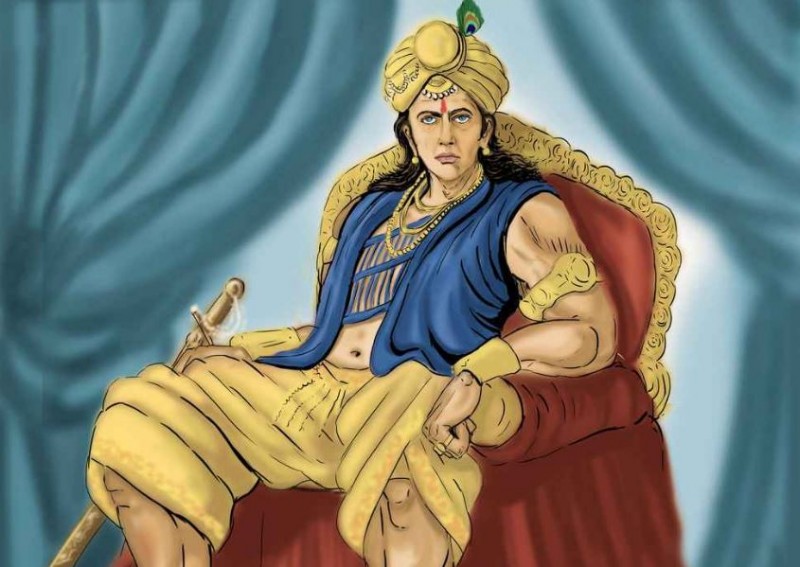
The Gupta Empire, which flourished in ancient India from approximately 320 to 550 CE, was a period known for its remarkable contributions to science, mathematics, and art. Under the rule of the Gupta dynasty, India witnessed significant advancements that left a lasting impact on various fields. This article explores the fascinating legacy of the Gupta Empire and the innovations that shaped India's history.
1. The Golden Age of Learning
1.1 Prominence of Universities and Scholars
During the Gupta Empire, a remarkable network of universities emerged, attracting scholars from all over the world. Nalanda and Takshashila were two of the most prominent centers of learning, where scholars gathered to study a wide range of subjects, from mathematics and astronomy to literature and philosophy.
1.2 Contributions to Astronomy
Gupta astronomers made groundbreaking discoveries, significantly advancing the field of astronomy. Aryabhata, an esteemed mathematician and astronomer, accurately calculated the Earth's circumference and explained the rotation of celestial bodies. These contributions laid the foundation for future astronomical developments.
2. The Marvels of Mathematics
2.1 Decimal System and Numerals
One of the Gupta Empire's most enduring legacies is the decimal system and numerals. The numeral system we use today, including the concept of zero, was pioneered during this period. This revolutionary system revolutionized mathematics and enabled complex calculations that were previously unimaginable.
2.2 Aryabhata's Mathematical Treatises
Aryabhata's mathematical treatises, "Aryabhatiya" and "Arya-Siddhanta," were pivotal works that provided detailed explanations of algebra, trigonometry, and arithmetic. His work significantly influenced mathematicians not only in India but also in the Arab world and Europe.
3. Flourishing Art and Architecture
3.1 The Gupta Style of Art
The Gupta era witnessed the flourishing of art, which came to be known as the Gupta style. This art form featured a perfect blend of Indian and Greco-Roman styles, resulting in magnificent sculptures and temple architecture. The Ajanta and Ellora caves, with their exquisite paintings and sculptures, are prime examples of this artistic brilliance.
3.2 Temple Architecture
The Gupta dynasty is renowned for its temple architecture, characterized by intricate carvings and grand structures. The temples built during this period, such as the Dashavatara Temple and the Dasavatara Vishnu Temple, exemplify the Gupta Empire's architectural prowess.
4. Literary Excellence
4.1 Sanskrit Literature
Sanskrit literature reached its zenith during the Gupta Empire. Writers and poets composed epics, plays, and philosophical treatises, leaving behind a rich literary legacy. The great Sanskrit playwright Kalidasa is a prominent figure whose works, such as "Shakuntala" and "Meghaduta," continue to be celebrated for their poetic brilliance.
4.2 Contributions to Grammar
The renowned scholar Panini made significant contributions to the study of grammar with his magnum opus, "Ashtadhyayi." His meticulous work on linguistics laid the foundation for linguistic studies and language analysis.
The Gupta Empire in ancient India left an indelible mark on history, with its significant contributions to science, mathematics, and art. The period's legacy continues to inspire and influence the world even today. The golden age of learning, the marvels of mathematics, flourishing art and architecture, and literary excellence are just a few aspects of the Gupta Empire's remarkable heritage.
Govt Action Looms for Twitter after Viral Video of Manipur Women Paraded Naked
Manipur Unrest: CM Urges Thorough Probe into Viral Video's Authenticity
Sonia Gandhi Urges PM Modi for Manipur Discussion in Parliament